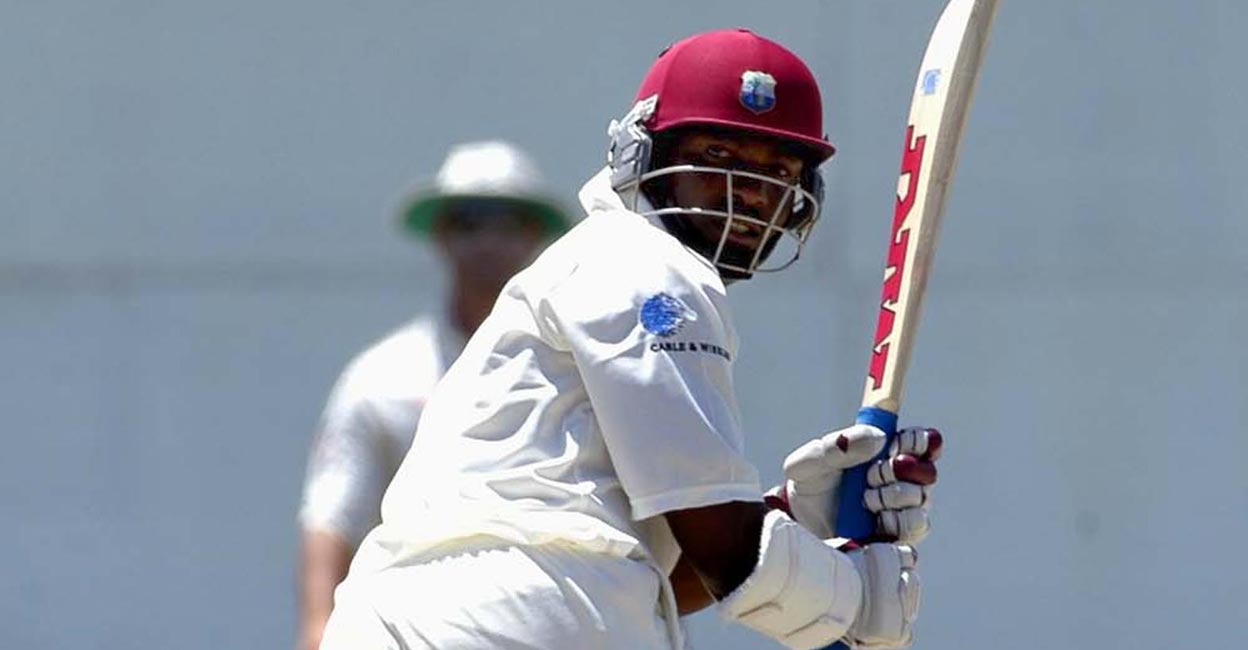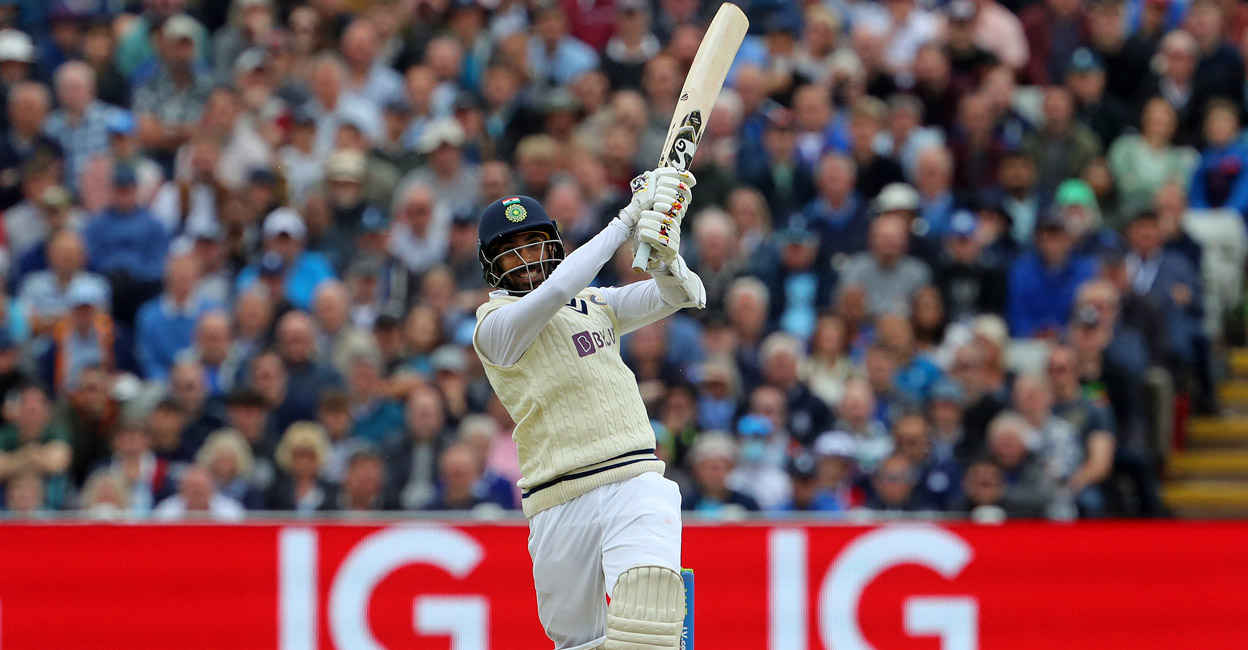Column | Cricket records that are unlikely to be broken

Mail This Article
“Records are meant to be broken” is an adage in sports that has stood the test of time. The logic involved is that human body is capable of improving constantly and raising the bar higher, thus ensuring that no record will remain permanent. The world was stunned when Jim Hines ran 100 meters in 9.9 seconds during Mexico Olympics in 1968, but running sub 10 seconds in this event has become the norm in major sporting events today. Similarly, sports lovers gaped with disbelief when Bob Beamon cleared 8.90 metres in long jump, again during Mexico Olympics, thus eclipsing the existing world record by 55 centimetres. Experts felt that this leap would not be bettered during the 20th century but Mike Powell cleared 8.95 metres in the 1991 World Championships to erase “Beamon’s leap” from the record books.
In the world of cricket too, records have been broken with regular frequency so much so that players accept it as a fact of life. When Fred Trueman, the first bowler to claim 300 wickets in Test matches was asked whether anyone will break his record, he replied instantly, “I am sure someone will do but he will be a very tired man!”. Playing in an era when Test matches, which used to be the only form of international cricket, were few and far between, Trueman could not have envisaged a period when national teams would be playing against each other round the year. Sunil Gavaskar too reacted on similar lines when he became the first cricketer to reach the magical figure of 10,000 runs in Test cricket.
However, certain records in cricket have traditionally been considered to be “unbreakable”. The first among this category is the Test average of 99.64 held by Don Bradman, which will be impossible to improve upon. The late Jim Laker returned with a nearly unsurpassable figure of 19 wickets for 90 runs (9/37 in first innings and 10/53 in the second) at Old Trafford, Manchester, in the fourth Test of the Ashes series in 1956. While Anil Kumble and later Ajaz Patel of New Zealand managed to take all 10 wickets in an innings in a Test match, the match figures of 19 scalps has not yet been reached let alone be surmounted.
There are also records that depend to a great extent on the longevity of tribe player at the highest level. Sachin Tendulkar set many records during his long career that stretched over 24 years, including playing 200 Tests and scoring close to 16,000 runs (the exact tally being 15,921). Both these records appear unlikely to be broken in the near future.
James Anderson, who has played 183 Tests till date, appears to be the only challenger but it remains to be seen how much longer he can continue to flog his body, which is showing all signs of fatigue and exhaustion. When it comes to runs scored, none of the present lot, except Joe Root, have even crossed the 10,000-run mark, let alone get close to 15,000. Similarly, the record of 800 wickets bagged by Muttiah Muralitharan over 133 Tests and his tally of 1,347 scalps in international cricket picked over a span of 19 years will be difficult to surpass.
The record of the highest individual score of 365 not out set by Garry Sobers in 1958 remained unconquered for close to four decades till it was overtaken by Brian Lara, who struck a brilliant 375 against England at 1994. But, to the surprise of most followers of the game, this was overtaken by Mathew Hayden of Australia, in a Test against Zimbabwe in October 2003, when he hit 380. Lara was quick to regain his pole position as he carted the hapless England bowling to score an unbeaten 400 in April, 2004. This record has not yet been broken and looks likely to last for some years. Incidentally Lara is the only batsman to score 500 runs (501 not out) in first-class cricket, a feat he achieved while playing for Warwickshire against Durham in 1994.

Hitting six sixes in an over was considered to a near impossible to achieve feat for a very long time. In fact it was only in 1968 that this could be done in a first-class match, when Sobers, then playing for Nottinghamshire in county cricket, carted Malcolm Nash for 36 runs in an over. Ravi Shastri emulated Sobers' feat in 1985 in a Ranji Trophy match against Baroda where Tilak Raj was the at the receiving end. The first player to achieve this feat in One-Day Internationals (ODIs) was Herschelle Gibbs of South Africa in a group match against the lowly placed the Netherlands in the 2007 ICC World Cup. Yuvraj Singh wrote his name into the record books by performing this act in the T20 World Cup of 2007 where Stuart Broad was the miserable bowler. Surprisingly, in the period since 2017, there have been six more instances of batsmen hitting all the six balls in an over for sixes. This is an indication of the extent to which limited overs has become friendly to the willow-wielders - from the power carried by modern day cricket bats, the placid pitches prepared for facilitating more runs to be scored and the white ball which gives very little help to the bowlers.
There are some interesting records for bowlers as well that have stood the test of time. Bapu Nadkarni of India once bowled 131 dot balls in a row in a Test against England at Chennai in 1964. His final figures of 32 overs, 27 maidens, 5 runs and no wickets still remains the zenith of parsimony so far as bowlers are concerned in Test matches. The most economical spell in ODI cricket would be the one by Bishan Singh Bedi, who bowled 12 overs, giving away only six runs, against East Africa in the inaugural World Cup in 1975. Another unique record that will take some effort at beating is the one created by Sonny Ramadhin of West Indies when he bowled no less than 98 overs in an innings against England at Birmingham in 1957. In the present times when a high strike rate is considered as important as the batting average in all forms of cricket, it is difficult to see these records being broken, at least in the near future.
Broad has already figured in this article as the hapless bowler who was at the receiving end when Yuvraj launched a murderous assault during the 2007 T20 World Cup. But Broad, who retired from Test matches at the end of the recently concluded Ashes series, set a unique record by striking the last ball he faced in international cricket for a six and bagging a wicket off the final ball he bowled! When the fact that England won this match is added to the unique feat, one tends to agree with the conclusion that there cannot be a better scripted farewell then this.

However, Broad had the misfortune for being at the receiving end when another batting record was set. This was during the rescheduled fifth Test at Birmingham played by England against India in 2022. Broad was walloped by Jasprit Bumrah, who does not have many credentials to boast of as a batsman in international cricket. Yet, Broad ended up conceding 35 runs in a over, which started with a no-ball which was sent to the boundary by Bumrah followed by five wides. Bumrah struck two sixes and three boundaries off the next five legitimate balls, before scoring a single off the last, thus taking the total tally from this over to 35 out of which he scored 29. This eclipsed the previous record of 28 runs in an over set by none other than Lara! It would not be an exaggeration to state that no one, including the protagonist himself, could have expected a record held by the great Lara would be broken by Bumrah! This is one record that Broad will definitely not be proud to find mention of his name.
Records in cricket are just like the game itself; full of glorious uncertainties! They will continue to fascinate the statistically minded ones while confounding those who follow the game for its beauty and the excitement it provides.
(The author is a former international cricket umpire and a senior bureaucrat)


